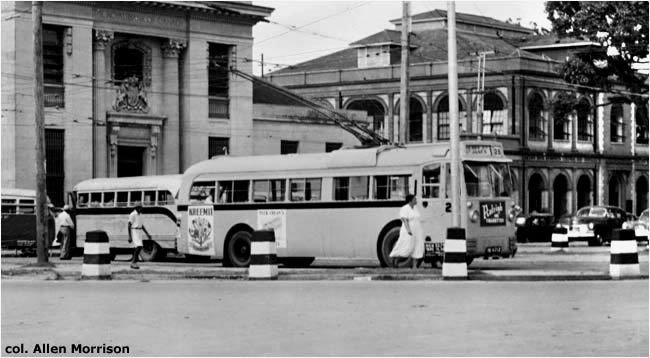In this blog, the effects that urbanization has on the cultural
and historical components of Port Of Spain were investigated. A key component to this was
entertainment. In the blog, “Effects of Urbanization
on Entertainment,” all aspects of the impacts of urbanization on entertainment were
discussed. Both blogs shared similarities as the loss of identities,
hybridization of cultures and the utilization of once public spaces for private
places were discussed. This blog was well detailed and the triggers of urbanization
well discussed.
The blog entitled, “Prestige and Position in Port Of Spain,” was
also related to this blog. Prestige and position discussed key factors
affecting the city. Some of these factors included, education, gender and
ethnicity. Economic status was discussed
as a factor contributing to prestige and position in Port Of Spain. The culture
towards economic status has varied little since colonial times. This is evident
in both blogs. It is stated that people of higher economic status are more respected;
they have better benefits and are given social prestige. They are the ones who dictate
the Trade market and influence consumption patterns a great deal. Their
economic status gives them privileges. In the urban city of Port Of Spain, the
upper class has greatly influenced culture.
In the third blog that was viewed titled "Gentrification Making or Breaking the City" the idea of renovating these poor lower class communities was viewed. The article went on to highlight the many challenges facing this area in an act to prove the need for this drastic change. Some of these problems include that of improper housing and infrastructure, sporting facilities, the need for proper washrooms and the overall low levels of development. These conditions as seen in five pictures clearly highlighted the need for new infrastructure which would raise the standard of living within this urban slum area.
Charles, J.Wilson. 2015. " Urban Geography: Prestige and Position in Port Of Spain." http://prestigeandpositioninpos.blogspot.com/2015/04/blog-post.html
Maharaj, Nikitt, H.Noel. 2015. "Urban Entertainment: All Things Entertainment in TNT"
http://ttcityentertainment.blogspot.com/2015/02/all-things-entertainment-in-tnt.html





















